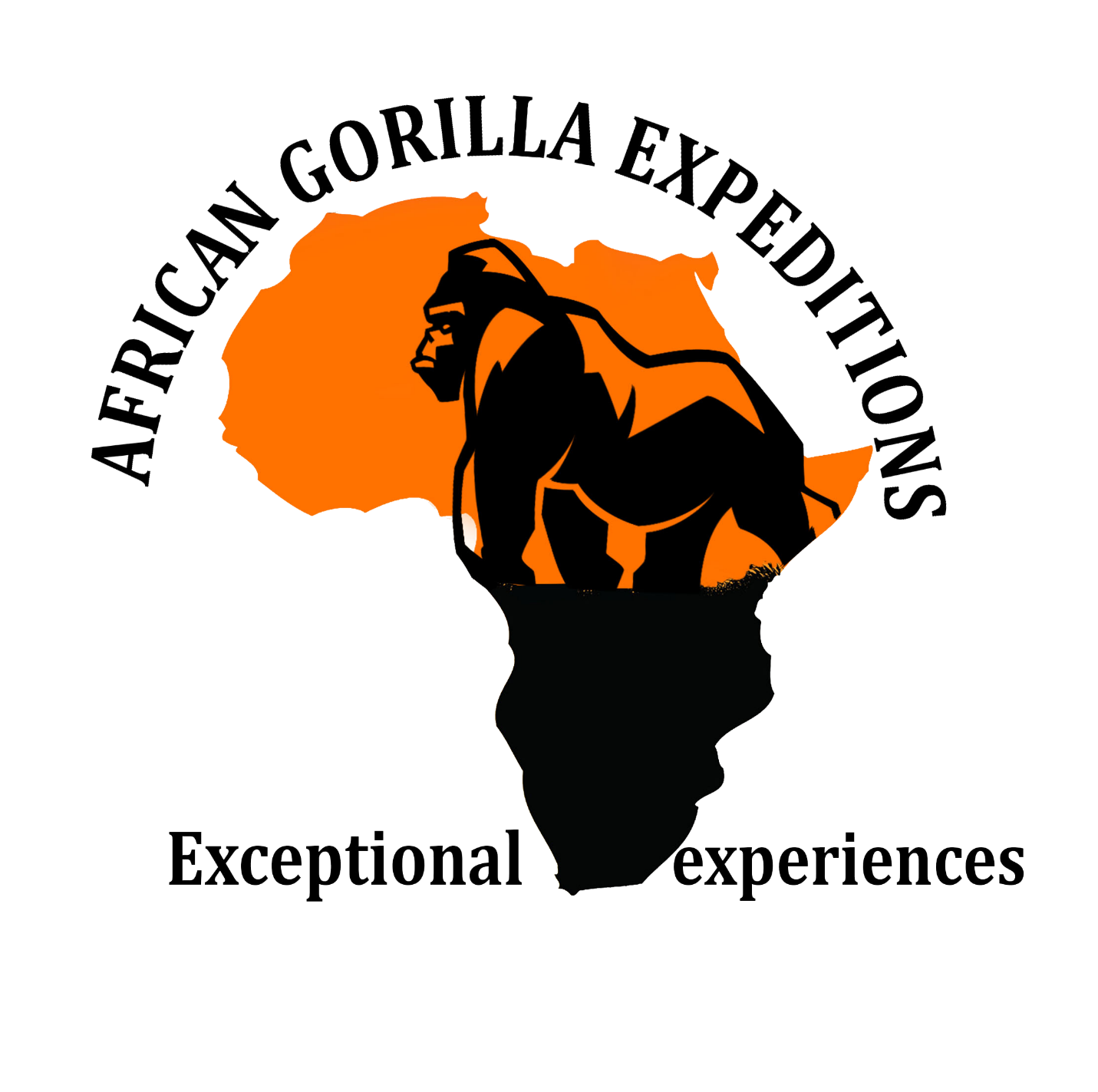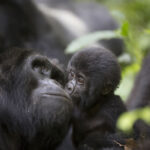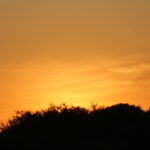
The Ultimate Guide to Gorilla Trekking in Uganda
Uganda, often referred to as the “Pearl of Africa,” is not only renowned for its diverse landscapes and vibrant culture but also for being home to nearly half of the world’s remaining mountain gorilla population. Gorilla trekking in Uganda offers a unique and awe-inspiring experience for adventurers and wildlife enthusiasts alike. This article serves as a comprehensive guide to help you plan an unforgettable gorilla trekking adventure in Uganda.
The Mountain Gorillas of Uganda
Uganda is one of the three countries in the world where you can observe mountain gorillas in their natural habitat, the others being Rwanda and the Democratic Republic of Congo. Mountain gorillas are highly endangered, with only around 1,000 individuals left in the wild. Roughly half of these are found in Uganda’s Bwindi Impenetrable National Park and Mgahinga Gorilla National Park.
Choosing the Right National Park
Bwindi Impenetrable National Park: This UNESCO World Heritage Site is one of the most famous destinations for gorilla trekking. Bwindi boasts over 400 mountain gorillas, making it a prime location for sightings. The park is divided into several sectors including, Buhoma, Rushaga, Ruhija, and Nkuringo, and each sector offers a unique gorilla trekking experience.
Mgahinga Gorilla National Park: Located in the southwestern part of Uganda, this park is part of the larger Virunga Conservation Area that spans three countries. While it has a smaller population of gorillas compared to Bwindi, Mgahinga provides an intimate and picturesque trekking experience.
Gorilla Trekking Permits
Securing a gorilla trekking permit is essential for this once-in-a-lifetime experience. Permits are limited to a certain number each day to minimize disturbance to the gorillas and their habitat. It is recommended to book your permits well in advance through the Uganda Wildlife Authority (UWA) or authorized tour operators. A gorilla trekking permit in Uganda costs $700 for foreign nonresidents, $600 for foreign residents, and 250,000 UGX for East African residents. This permit is per person and only allowed to persons above 15 years.
Best Time to Visit
Uganda’s climate is relatively stable throughout the year due to its equatorial location. However, the best time for gorilla trekking is during the dry seasons, which are from December to February and from June to August. During these periods, the trails are less muddy and more easily navigable. However, the wet season is also recommended especially for budget travelers, this the best time to travel to Uganda because all services are are discounted except the gorilla trekking permit.
Gorilla Trekking Experience
Gorilla trekking is an adventure that requires physical fitness and a spirit of adventure. Gorilla trekking starts with an early morning briefing before you embark on searching for the gorillas, treks can vary in length and difficulty, ranging from a few hours to a full day. Porters are often available at the park entrance to assist with carrying your belongings and providing support during the trek. The trek itself takes you through dense vegetation, up steep slopes, and sometimes even muddy terrain.
Meeting the Gorillas
Once you locate the gorilla family, you’ll have a limited time (an hour) to observe and photograph these magnificent creatures. During this time, you’ll witness their social interactions and feeding habits, and perhaps even catch a glimpse of the young ones playing. It’s essential to follow the guidelines provided by the guides and rangers to ensure the safety of both visitors and gorillas.
Responsible Gorilla Tourism
Gorilla trekking is an incredible opportunity, but it also comes with the responsibility of preserving these endangered species and their habitats. To ensure responsible tourism, follow these guidelines:
- Obtain a Permit: Gorilla trekking requires a permit issued by the Uganda Wildlife Authority (UWA). These permits are limited in number to protect the gorillas and their habitat. It’s recommended to book your permit well in advance through an authorized tour operator.
- Health Precautions: Before embarking on the trek, you should be in good health. Gorillas are highly susceptible to human diseases, so if you have any contagious illness, you might not be allowed to participate in the trek. Keep a safe distance (at least 7 meters or 23 feet) from the gorillas to minimize the risk of disease transmission.
- Group Size: Each group of trekkers is limited to a maximum of 8 people per gorilla family. This helps minimize the impact on the gorillas and their environment.
- Trekking Age: The minimum age for gorilla trekking is 15 years. This is to ensure the safety of both the visitors and the gorillas.
- Guides and Rangers: Trained guides and park rangers accompany trekking groups to provide information, ensure safety, and help interpret the gorilla behavior. Follow their instructions at all times.
- Keep Your Distance: Maintain a safe distance from the gorillas to avoid causing stress to them. The minimum recommended distance is 7 meters (23 feet). Gorillas can sometimes approach humans out of curiosity but do not attempt to touch them.
- No Flash Photography: Flash photography can startle the gorillas. Use of flash is prohibited, and it’s best to set your camera to silent mode.
- No Littering: Carry out all trash, including biodegradable items like fruit peels. Leave no trace of your presence.
- Stay Quiet: Loud noises and sudden movements can disturb the gorillas. Maintain a calm and quiet demeanor during the trek.
- Dress Appropriately: Wear appropriate clothing for the trek, including sturdy hiking boots, long pants, and long-sleeved shirts. The terrain can be muddy and steep, so be prepared for varying weather conditions.
- Time Limit: Once you encounter the gorillas, you’re usually allowed to spend a maximum of one hour with them. This is to minimize stress on the animals.
- Respect the Wildlife: Gorilla trekking is an opportunity to observe these animals in their natural habitat. Do not attempt to feed them or make any sudden movements toward them.
Conclusion
Gorilla trekking in Uganda is a truly awe-inspiring experience that allows you to connect with nature and witness these incredible creatures in their natural habitat. With proper planning, responsible behavior, and a sense of adventure, you can make the most of your gorilla trekking adventure while contributing to the conservation of these magnificent animals.







